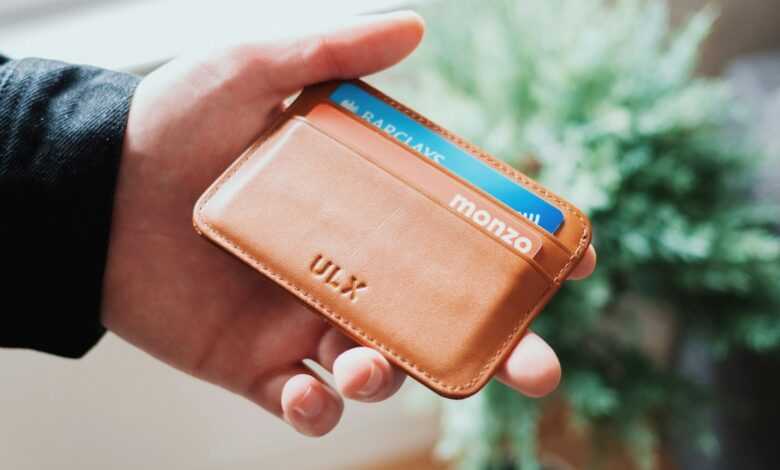Credit Card Under Control: How to Protect Your Money

Contactless payments, online shopping, and instant transfers have become part of daily life, but along with convenience, the risk of falling into fraudsters’ traps increases. Are we always protected when paying by card in a store, online, or abroad? How to minimize risks and not fall victim to phishing or skimming? Let’s analyze the nuances of credit card financial security.
Technologies and Basic Protection Principles
Modern banks implement multi-level card data protection: chip cards, 3D Secure, SMS confirmation, and biometrics are now the standard. But even the latest technologies can’t replace basic security rules.
- Do not share your card number, CVV code, or expiration date with strangers, even if they claim to be bank employees.
- Do not photograph your card or send images via messengers.
- Watch the physical condition of your card – chips and cracks can lead to damage or counterfeiting.
- Use strong passwords for banking apps and update them at least once every six months.
According to the Ukrainian Interbank Association of Payment Systems Members (EMA), more than 30% of fraud cases occur due to human carelessness or gullibility.
Phishing, Skimming, and Other Modern Threats
Phishing is the distribution of fake messages supposedly from a bank or platform containing fraudulent links. The goal is to obtain card data to steal funds.
Skimming is the installation of external equipment on terminals or ATMs to read magnetic strip data.
In recent years, fraudsters increasingly use social engineering methods: they call on behalf of the bank’s security service, threaten to block your account, or promise a prize. In 2024, the National Bank of Ukraine recorded an 18% increase in attacks via social networks and messengers compared to the previous year.
- Check the sender of SMS and emails — a real bank never sends links to third-party sites.
- If you receive suspicious calls or messages, end the conversation and contact the bank directly yourself.
- Avoid ATMs in deserted or poorly lit places. If the card slot or keypad looks suspicious, choose another ATM.
Online Shopping and Wi-Fi: How Not to Become Easy Prey
Online shopping is convenient, but also a high-risk zone.
- Pay only on trusted websites with a secure https:// protocol.
- Do not save card data in browsers and apps you don’t trust.
- Do not use public Wi-Fi for payments or logging into online banking.
According to a Kantar study, every tenth Ukrainian has encountered online shopping fraud at least once.
Common Mistakes When Using Credit Cards
- Using one card for all types of payments (stores, online, subscriptions, travel abroad).
- Not controlling limits: unchanged cash withdrawal or online transaction limits make life easier for fraudsters.
- Ignoring push notifications and SMS from the bank — this may lead to late reactions to suspicious transactions.
- Not blocking the card in case of loss or theft.
- Insufficient analysis of statements — regular checks help detect third-party operations.
A common situation: a bank client uses one credit card for all services — increasing the risk of losing large amounts if the data is compromised. Solution: use separate cards for different purposes and set minimum limits for online payments.
Practical Tips for Safe Credit Card Use
- Set limits: Restrict the amount of a single transaction for online purchases and cash withdrawals.
- Enable notifications: All operations should be accompanied by SMS or push notifications.
- Keep your card separate from main documents (especially when traveling).
- Update apps and software: Use only official banking apps and keep them up to date.
- Enable two-factor authentication: It significantly increases protection during online payments.
- Use virtual cards for online payments: This reduces the risk of disclosing your main card’s data.
- Store card details securely: Use password managers or bank safes for records.
- Do not ignore bank messages: Even if the transaction seems minor.
- Block the card if you suspect fraud: Even if you are not sure, it’s better to be safe.
Legislation and Consumer Protection
Ukrainian legislation in the field of financial services guarantees cardholder protection. In case of unauthorized withdrawal, the owner has the right to file a claim with the bank for investigation and, if necessary, contact law enforcement authorities. According to the NBU, in 2023 more than 70% of fraud claims were resolved in favor of clients after bank verification.
Payment system security expert Andriy Hrytsenko notes:
“Card transaction security is a synergy of technology and user awareness. Even the most advanced systems cannot fully protect your funds if you neglect simple rules yourself.”
Real Cases: Learning from Others’ Mistakes
Case 1. Phishing email from a bank.
A client received an email asking to confirm card details for “increased security.” After following the link and entering the details, 19,000 UAH was withdrawn from the account. Conclusion: a bank never asks for full card details via email.
Case 2. Skimming at an ATM.
A man withdrew cash from an ATM at a public transport stop. A few hours later, another 8,000 UAH was withdrawn — the card data was read by a skimming device. Conclusion: use ATMs at bank branches and check the device before use.
Safe use of a credit card is not just about technology, but also about attentiveness, regular control, and caution in everyday financial actions. Avoid common mistakes, set limits, separate cards by payment types, and do not ignore bank warnings. Remember: your safety starts with you!







